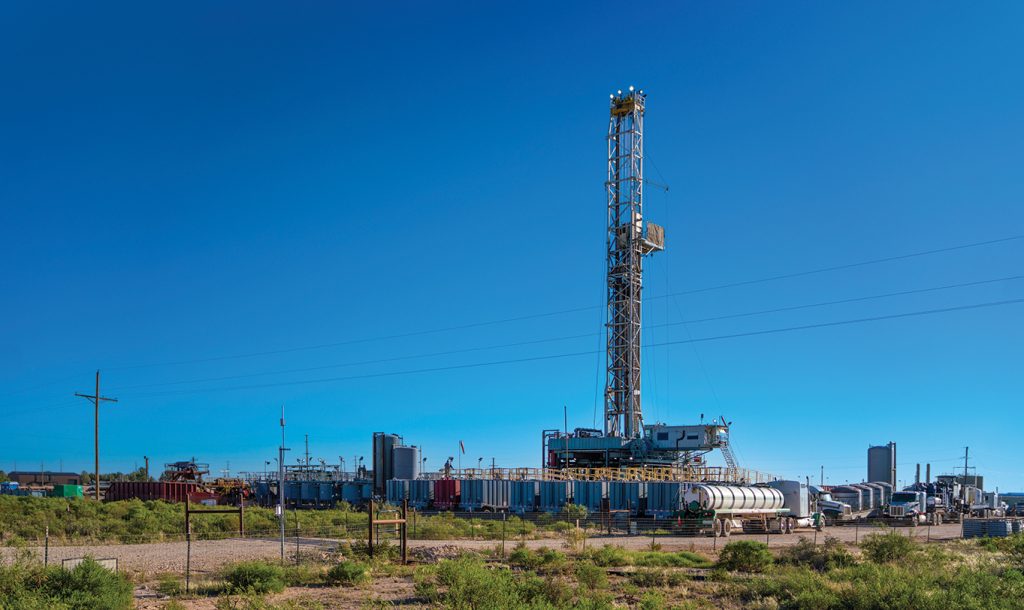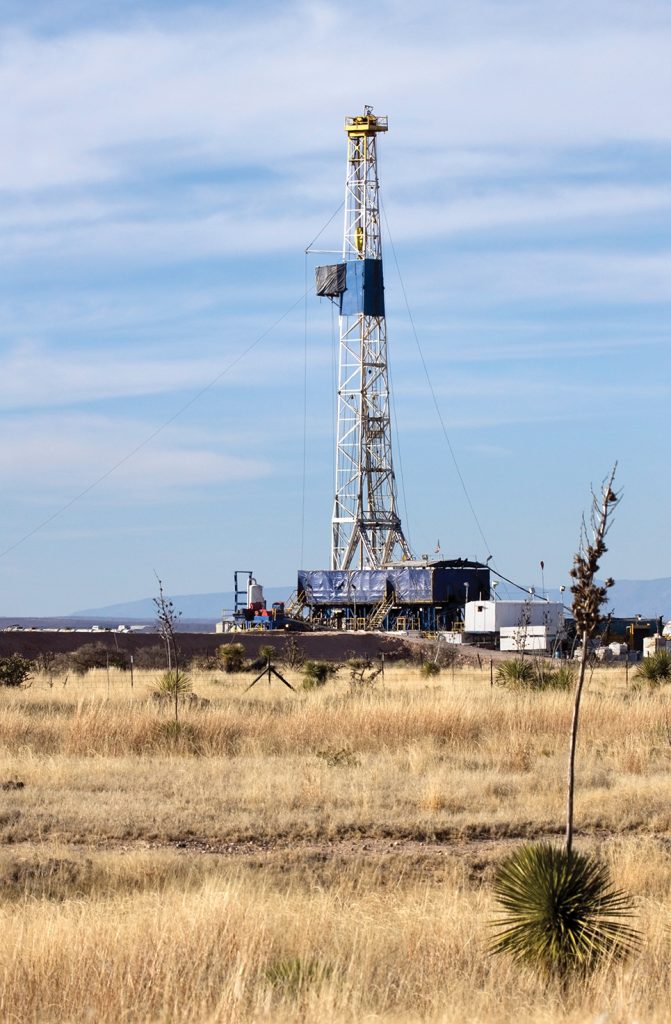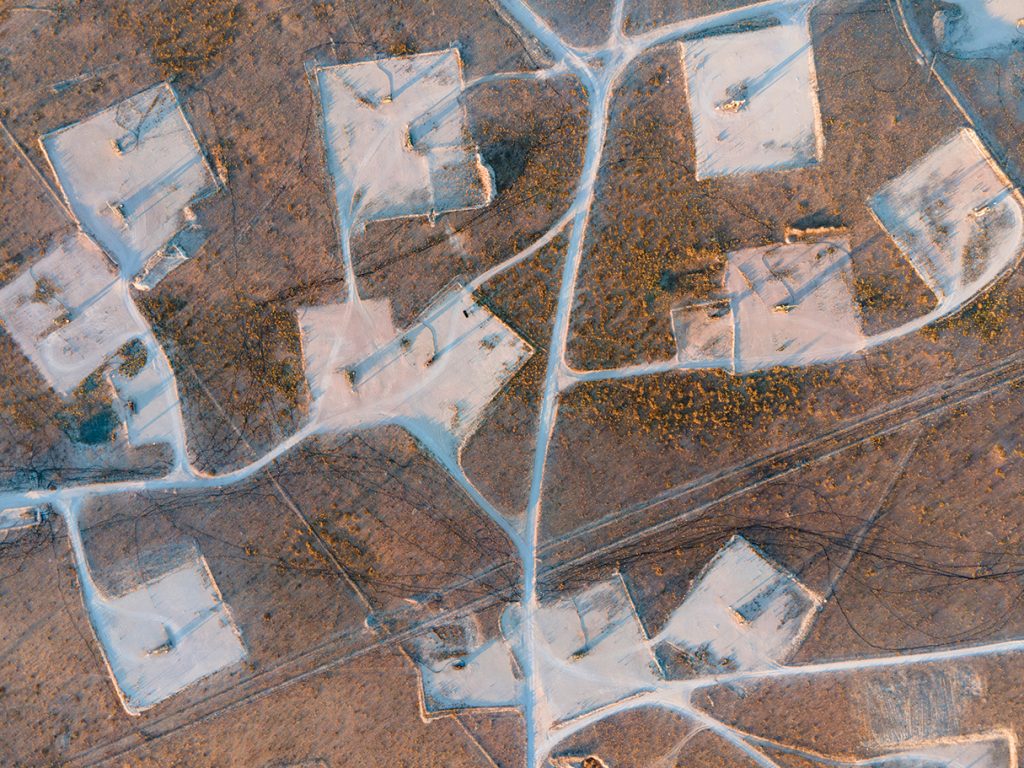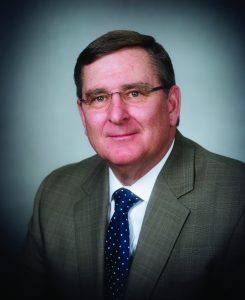
Drilling Rig Platform at dusk in New Mexico – USA
The oil and gas industry in New Mexico in 2024 is like a boxer who keeps taking hits, but remains standing. Some hits are glancing blows, and some are near misses. From legislative to legal to development of the southeastern corner of the state, there are challenges—and opportunities in the year ahead for New Mexico’s slice of The Permian Basin.
Amidst a complex web of legislative battles, economic importance, and shifting regulatory landscapes, the oil and gas industry in New Mexico stands as a major pillar of the state’s economy while constantly facing a myriad of challenges.
The overarching picture for New Mexico is mixed: there is a lot to look forward to and a lot to be concerned about. New Mexico’s increase in production is increasing to new heights. As a matter of fact, the state is headed for a $3.5 billion general fund surplus for the year running through June 2025, according to a new forecast—all the while anti-oil and gas legislation and court threats loom constant and large.
Permian production will increase by 380,000 barrels per day between January and December 2024, accounting for 94 percent of forecast production growth, according to the Energy Information Administration. New Mexico’s slice of that pie is not a small one. In fact, with the increasing demand that makes New Mexico the second-highest producer of oil and gas after Texas, innovative and ambitious projects such as the Dune Express have taken shape.
Terminating in Lea County, New Mexico, the Dune Express, by Atlas Energy, will transport frac sand from Kermit, Texas, to Lea County in New Mexico. With the proposed capacity of 13 million tons of proppant a year, this project is under budget and on time and is scheduled to be completed by the end of 2024. The ability to get that much sand to New Mexico is crucial: it would remove thousands of heavy trucks per year off the public roads and onto the lease roads, where the weight considerations are not as stringent as on public roads. It eliminates all the associated risks that come with more heavy industrial traffic. Even though The New Mexico Department of Transportation is investing hundreds of millions of dollars on road improvements in their portion of the Permian, the addition of alternative product transport is welcome.

“Among the grasslands and yucca plants, a drilling rig stands in New Mexico off highway I-80 near Artesia.”
A significant opponent of New Mexico’s oil and gas industry is surprisingly New Mexico itself. Impacted by legislation and lawsuits, the industry operations and state’s budget are under attack. Greg Nibert, New Mexico State Senator from District 27 in Chaves County, speaking at a luncheon of the Permian Basin Petroleum Association in Midland, addressed some of the legislative punches that were aimed at the industry but fortunately never landed soundly. Of particular concern was House Bill 133, which sought to amend the state’s Oil and Gas Act. The senator expressed reservations about potential regulatory changes, citing fears of increased administrative burdens and challenges to the industry’s established framework.
“The governor wanted to open up that act, and I would submit to you that opening up that act would not have been a friendly gesture on her part that would make it easier for you to do business in New Mexico,” Senator Nibert cautioned. “In fact, I would say it [would] make it more difficult.”
Fortunately for the industry, HB 133 was remanded to the unceremonious designation of “Action Postponed Indefinitely.”
All, however, is not Gucci, as they say in the field. The anti-oil sentiment was plain. Other oil-unfriendly legislation was deflected, but only by sidelining it with, again, that uneasy label of “Action Postponed Indefinitely.” Such was the fate of bills in both the house and senate that would have required feasibility studies for setbacks. Imposed regulation on a setback could easily curtail and prohibit a significant number of production operations. However, the specter remains that these bills will see re-introduction (in one guise or another) at the next legislative session.
A bill announced from the New Mexico Oil and Gas Association, known as SB 249, would have created a state reclamation fund that would have received $5 million a month from state oil and gas taxes, as well as be eligible for federal funds. It would have been used to fund the Oil Conservation Division (OCD) such that it might enforce the Oil and Gas Act. This bill also died on the table. However, the specter remains that these bills will see re-introduction at the next legislative session.
Another controversial legislative development was the introduction of House Bill 48, which would have raised the royalties paid by operators in the state from 20 percent to 25 percent. It was argued that raising this amount would directly impact smaller operators who could not survive the increase. As Jared Hembree noted: “This unilateral decision will also have unintended consequences. Oil and natural gas producers will question the State Land Office’s commitment to conducting a fair and consistent leasing process, which could drive down future leasing bids or result in producers taking their operations to other states, resulting in the loss of high-paying jobs, reduced economic activity, and lower state and local government revenues.”
The assault against the New Mexico oil and gas industry takes many forms, both legislative and administrative.
Indeed, a complaint filed last year by the Center for Biological Diversity as well as WildEarth Guardians, along with New Mexico residents and groups, accuses the state of failing in a constitutional obligation to protect the environment by allowing oil and gas production. This suit has the power to cripple New Mexico’s oil and gas industry. The Independent Producer Association of New Mexico’s Jeff Wechsler told the judge presiding over the case that, “IPANM members have invested hundreds of millions of dollars in their oil and gas businesses, interests, permits, facilities. They depend on the continuation of the current regulatory scheme for their livelihoods.”

Shot in the oil fields near Carlsbad, NM.
A difficult political environment perennially presents challenges for the oil and gas industry in New Mexico. New Mexico follows behind California in that it attempts (and often succeeding) in enacting policies similar to California’s. This does not bode well for the specific needs of New Mexico. Indeed, despite these legislative hurdles, Senator Nibert, in his talk at the PBPA, acknowledged the industry’s economic significance to New Mexico. With more than 50 percent of the state budget directly tied to taxes and revenues generated by oil and gas activities, the sector remains a crucial driver of economic growth and stability. However, this economic importance also underscores the industry’s big stake in the Land of Enchantment, a situation that bespeaks vulnerability to policy shifts and regulatory changes.
“The fact of the matter is New Mexico is dependent upon your production,” Senator Nibert emphasized. “There’s no other way of saying it.”
Economic activity in the Basin has seen an overall significant uptick, and New Mexico has seen its fair share of that growth. The areas in and around Carlsbad are still being worked over by operators, and continue to add not insignificant revenue to the state’s coffers.
Looking ahead, the oil and gas industry in New Mexico finds itself at a critical juncture, balancing economic imperatives with environmental concerns and regulatory pressures. As the sector continues to adapt to evolving market dynamics and policy landscapes, collaboration between industry stakeholders, governmental bodies, and advocacy organizations will be essential to ensuring its resilience and sustainability in the years to come.
Christian Lombardini, who works in the oilfield, is also an author, father, and entrepreneur. He’s founder and host of the Oil Field Leader Podcast. Christian shares insights and content on LinkedIn.
Sources: apnews.com, fastdemocracy.com, nmlegis.gov, soucenm.com, eia.gov, kunm.org
The post New Mexico: Land of Contrasts appeared first on Permian Basin Oil and Gas Magazine.








